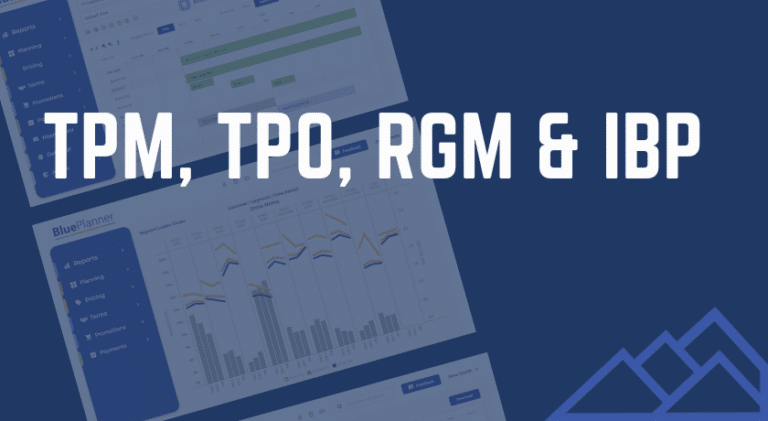

Consumer Packaged Goods (CPG) manufacturers spend massive amounts of money on the pricing and promotion of fast-moving product categories (e.g. food, beverages, household, and personal care products) in retail channels. This money is called “Trade Spending.” Money is exchanged between the manufacturer and its customers- retailers and distributors- for product placement, everyday retail price subsidization, promotion discounts, advertising, and display space.
In highly-competitive categories, trade spending can equal a value of 25% of gross revenue. Let that sink in… one expense that is a quarter of your sales!
Promotion Return on Investment – ROI- is a metric that is often turned to when trade spending is high, and growth slows. The question, inevitably, is “what am I getting for all of the money I’m spending?”
Promotion ROI in Retail CPG sales is a financial calculation, in ratio format, that illustrates the benefit of the trade spending investment. Because there are many ways manufacturers collect details about promotions, there are different specific formulas used to calculate promotion ROI. Before jumping to a specific formula, however, think conceptually about ROI.
Investment
In Retail CPG, “investment” is the monies offered to customers to reduce retail prices, advertise, and/or display products.
Return
In Retail CPG, “return” is how much more (or less) of a value -we’ll use profit- results from the investment. Another label for return is “incremental profit.”
This brings us to an important concept: If you want to measure ROI, you must define incrementality in your sales. This, in effect, means that you need to have some means decomposing total volume into two subcategories: 1)base – sales without promotion and 2) incremental- sales attributable to promotion. We’ll examine this topic further in a separate article.
The most basic ROI formula is: Return / Investment
Determining the investment element of the formula is usually the more straightforward of the two variables. This requires quantifying the spending for the activity in scope. Return is more complicated.
To determine return, you need to know two things: 1) bottom-line profit of the promotion, and 2) the bottom-line profit that would have been realized if there was NO promotion. The difference between these two is the “return.”
Be pragmatic when you’ve decided to calculate promotion ROI. Different manufacturers have different levels of investment in tools and data. It is not easy to isolate the explicit, exact, actual investments and returns of promotions. As the aphorism tells us, “Don’t let perfect get in the way of good.” Use the best available data and use consistent calculations across customers to get directional insights.
The most common promotion “investments” (trade spending) are short-term off-invoice, billback, and scan allowances that facilitate price discounts, and fixed fees paid for displays and advertising. Another common discount is a long-term EDLP allowance or some other subsidy that reduces list price. Because this value contributes to the bottom line, our advice is to include this discount in your ROI calculation. This will give you the clearest, most consistent view of ROI across customers and products.
As previously defined, “return” is the difference between the profit of the promotion, and the profit of the same period had there been no promotion (AKA incremental profit). Let’s start by defining profit. The most common profit calculation in Retail CPG sales is:
Gross Revenue
– Trade Spending
= Net Sales
– Cost of Goods
= Profit
Next, you must calculate this for both the promotion, and the same period without the promotion, then subtract to identify the return/incremental profit.
| No Promotion | Promotion | |
| Gross Revenue | Base Sales Volume * GR rate | Total Sales Volume * GR rate |
| Trade Spending | Only EDLP Spend | All Trade Spending |
| Net Sales | Gross – Trade | Gross – Trade |
| Cost of Goods | Base Sales Volume * COGS rate | Total Sales Volume * COGS rate |
| Profit | Net – COGS | Net – COGS |
UpClear makes software used by Consumer Goods brands to improve the management of sales & trade spending. Its BluePlanner platform is an integrated solution supporting Trade Promotion Management, Trade Promotion Optimization, Integrated Business Planning, and Revenue Growth Management.


